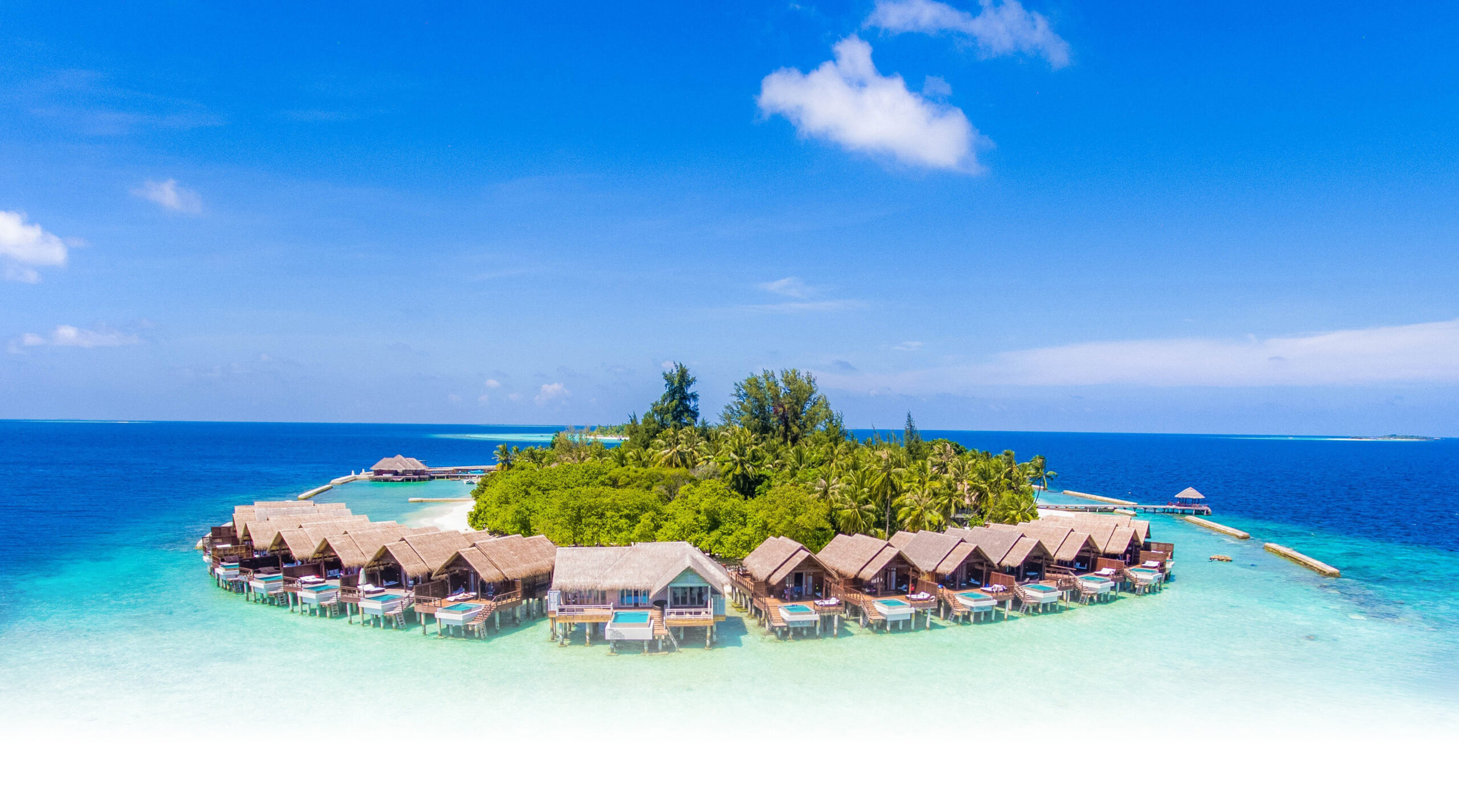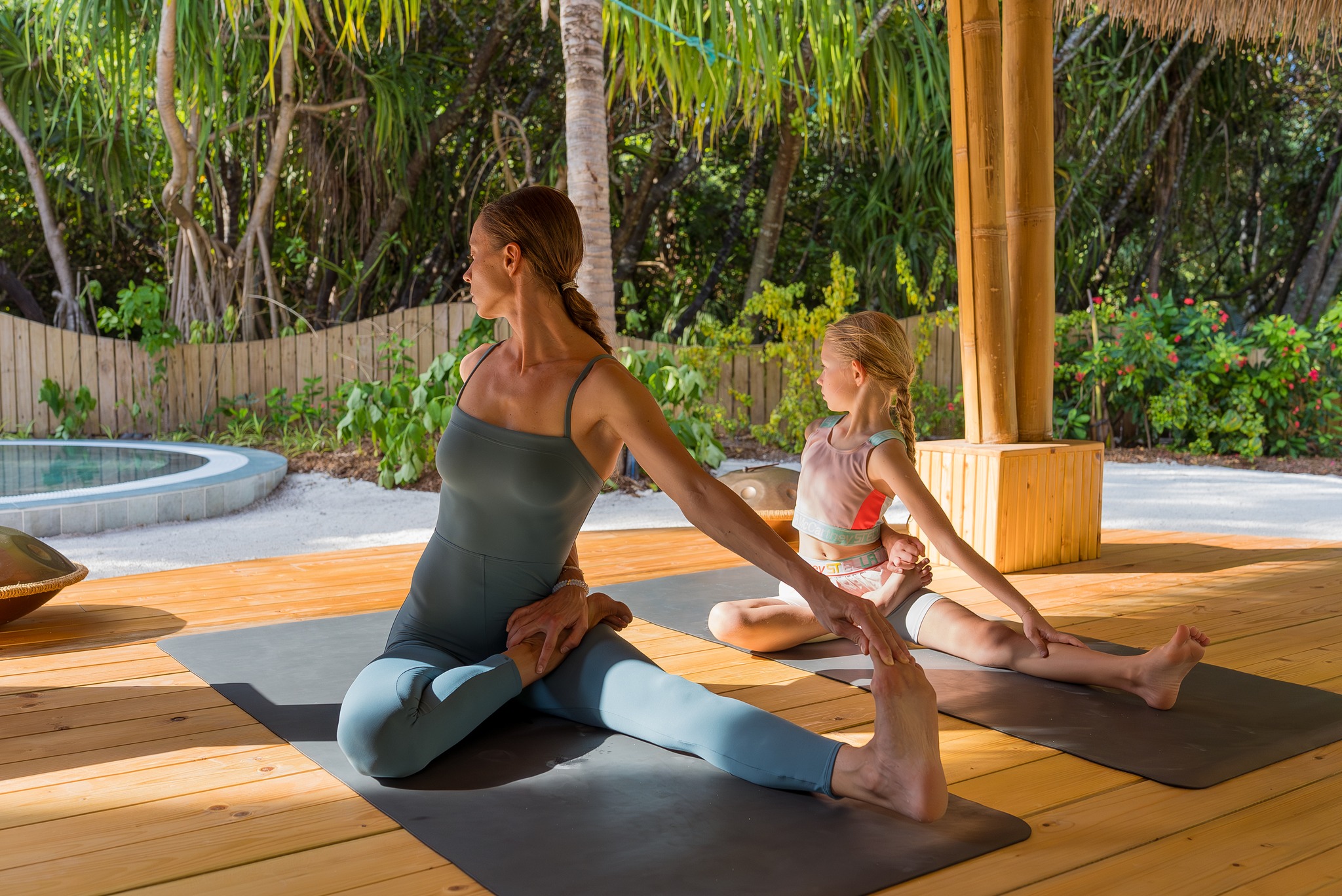The Ritz-Carlton Maldives, Fari Islands announced a partnership with Bamford to bring an exclusive wellness experience to the destination. According to the 4th edition of the Sangu Magazine, the partnership will offer guests ‘a fully curated botanical experience in the Indian Ocean’.
A sustainable brand from England, Bamford was born out of its founder Carole Bamford’s belief that what we put on our body is as important as what we put into it through our food. The brand is certified to the highest standard by the Soil Association. Moreover, Bamford uses organic and ethically sourced ingredients to create its products.
According to a statement by Carole Bamford in the 4th edition of Sangu Magazine, everything they do at Bamford stems from the belief to live more consciously and being mindful of the footprint. She further reveals this philosophy perfectly aligns with The Ritz-Carlton Maldives, Fari Islands’ commitment to sustainability.
About the Ritz-Carlton Maldives, Fari Islands
The soon-to-open Ritz-Carlton Maldives is located at the Fari Islands; a luxury destination located in the North Malé Atoll of the Maldives. This retreat is easily accessible via a short journey from Velana International Airport. Alternatively, holidaymakers can choose to access the resort by a 10-minute seaplane ride.
Travellers will find sandy beaches, turquoise lagoons and coral reefs with stunning marine life at the luxury resort. Additionally, The Ritz-Carlton Maldives also features a unique ‘Aris Meeha’ butler concept.
Shaped by the Maldivian sun and shored by the Indian Ocean, guest villas at The Ritz Carlton Maldives, Fari Islands range in size from one to three-bedroom. Hence, features the refined elegance and legendary service that define The Ritz-Carlton brand.
Holidaymakers can now pre-book their stay at The Ritz-Carlton Maldives. According to Ritz-Carlton’s website, the resort is a Category 8 Marriott Bonvoy property. So, this means The Ritz-Carlton Maldives is on the highest awards tier.
Feature image by Bamford







